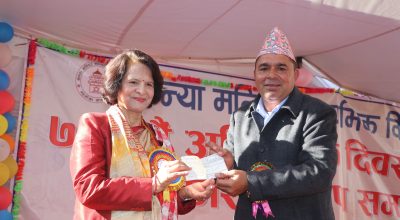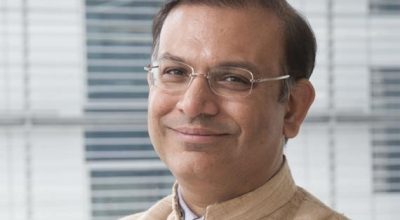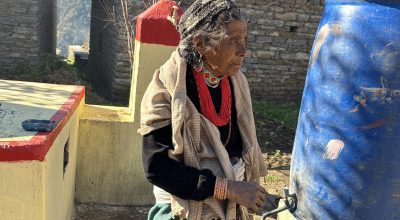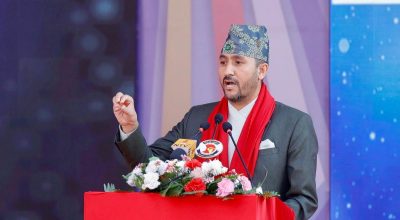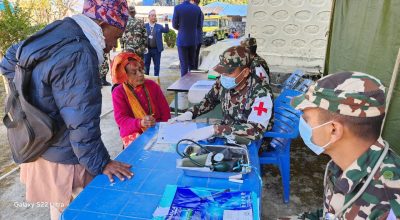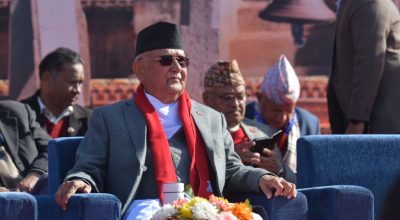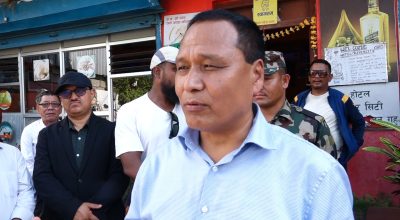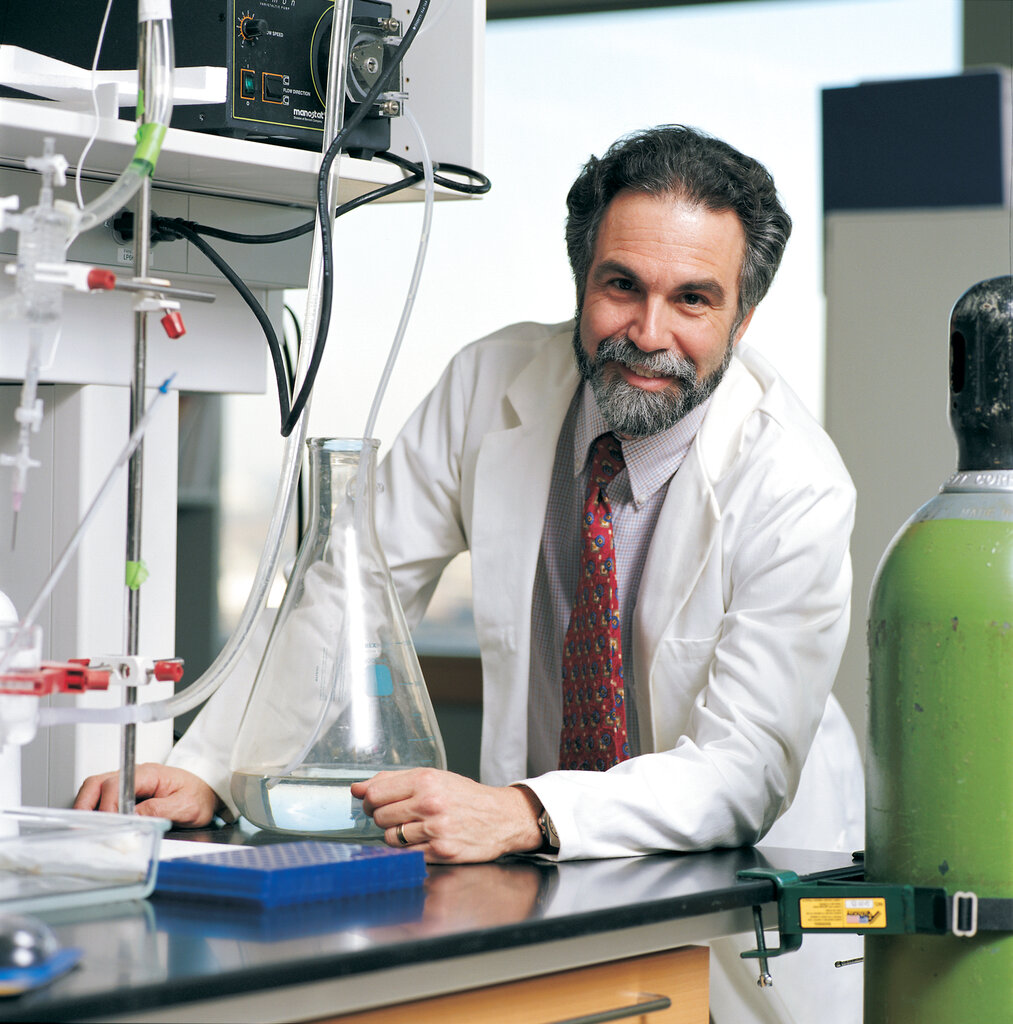
LONDON, Oct 7 (AP/RSS) — Two Americans and a British scientist won the 2019 Nobel Prize for Physiology or Medicine for discovering how the body’s cells sense and react to oxygen levels, work that has paved the way for new strategies to fight anemia, cancer and other diseases, the Nobel Committee said.
Drs. William G. Kaelin Jr. of Harvard University, Gregg L. Semenza of Johns Hopkins University and Peter J. Ratcliffe at the Francis Crick Institute in Britain and Oxford University will share equally the 9 million kronor ($918,000) cash award, the Karolinska Institute said.
It is the 110th prize in the category that has been awarded since 1901.
Their work has “greatly expanded our knowledge of how physiological response makes life possible,” the committee said, explaining that the scientists identified the biological machinery that regulates how genes respond to varying levels of oxygen.
That response is key to things like producing red blood cells, generating new blood vessels and fine-tuning the immune system.
The Nobel Committee said scientists are focused on developing drugs that can treat diseases by either activating or blocking the body’s oxygen-sensing machinery.
The oxygen response is hijacked by cancer cells, for example, which stimulate formation of blood vessels to help themselves grow. And people with kidney failure often get hormonal treatments for anemia, but the work of the new laureates points the way toward new treatments, Nils-Goran Larsson of the Nobel committee told The Associated Press.
Reached at his home, Kaelin said he was half-asleep Monday morning when the phone rang. It was Stockholm.
“I was aware as a scientist that if you get a phone call at 5 a.m. with too many digits, it’s sometimes very good news, and my heart started racing. It was all a bit surreal,” the 61-year-old said.
Kaelin said he isn’t sure yet how he’ll spend the prize money but “obviously I’ll try to put it to some good cause.” Kaelin is paid by the Howard Hughes Medical Institute, which also supports AP’s Health and Science department.
Ratcliffe, 65, said he was summoned out of a meeting this morning by his secretary, who had “a look of urgency.”
“He had a Swedish accent, so I figured it probably wasn’t one of my friends pulling my leg,” he said of the Nobel caller.
Trained as a kidney doctor, Ratcliffe said his research began when he and colleagues simply wanted to figure out how cells sense oxygen.
“I thought it was a definable problem and just thought we’d find out how it worked,” he said. Ratcliffe said it was about two years into the research program that first began in 1990 when they realized the discovery had much wider significance.
“We saw that it wasn’t just cells in the kidney that know how to sense oxygen, but all cells in the body,” he said. “They use this to do a huge range of other things, reprogram the cells, cause the growth of blood vessels, differentiation of cells. There are hundreds and thousands of processes the body uses to adapt to and regulate its oxygen levels.”
He said while some promising drugs have been developed, including for kidney patients who don’t get enough oxygen, it will be years before it’s clear whether such discoveries are going to change the lives of tens of thousands.
Ratcliffe described his fellow laureates as “colleagues, competitors and friends.” He said felt honored by the Nobel accolade but that his main goal had always been pure science.
“The satisfaction is really finding things out that will continue to be true for all time,” he said. “This is for me an eternal truth and as a scientist, we work away, we find these things out and we hope they will be useful.”
Ratcliffe said he plans to have a celebratory party at the laboratory and later with his family. “A lot of people came to the office after the phone call and we had some champagne,” he said.
In Baltimore, Semenza, 63, said it was when he and colleagues were studying a gene in a rare cell type in the kidney and they did an experiment that showed the factor they discovered — which was linked to oxygen — that suggested it had widespread physiological importance. It turns out that the gene turns on erythropoietin, or EPO, which controls red blood cell production, when cells don’t get enough oxygen.
“We found it very interesting that the body can respond to oxygen,” he told the AP. That discovery has led to treatments for people with chronic kidney disease who become anemic when their kidneys stop making EPO. “Now, drugs can turn on EPO production by increasing these factors.”
Semenza said it was likely one or more of these drugs will be approved for production in the next few years and that one has already been green-lighted in China.
Ali Tavassoli, a Cancer Research U.K. fellow, said he was surprised only that the trio had not already won the Nobel.
“The mechanism they’ve discovered is essential to the majority of solid tumors,” he said, explaining that unlike normal cells, cancer cells are often able to survive in low-oxygen conditions. Tavassoli said he and others are currently trying to develop compounds that would compromise cancer cells’ ability to survive when the oxygen supply drops.
“That would allow us to strike at the core of what a tumor needs to survive,” he said.
Andrew Murray of the University of Cambridge said the discovery also pointed to a basic principle of human evolution. Murray said particular traits have been noted in people who live at high altitude, like those on the Tibetan plateau, whose bodies have adapted to low oxygen. This specific adaptation, Murray said, “shows humans are evolving to live in places where there is less oxygen.”
Last year, James Allison of the United States and Tasuku Honjo of Japan won the 2018 Nobel Prize for Medicine for their work in immunotherapy, activating the body’s natural defense system to fight tumors.
Monday’s announcement kicked off this year’s Nobel Prizes. The physics prize will be handed out Tuesday, followed by the chemistry prize on Wednesday. This year there is a double-header for the Nobel Literature Prize — one each for 2018 and 2019 — which will be awarded Thursday. The Peace Prize will be announced on Friday.
The 2018 Nobel Literature prize was suspended after a sex abuse scandal rocked the Swedish Academy, the body that awards the literature prizes, so they are awarding two prizes this year.
The economics prize will be awarded next Monday. Officially known as the Bank of Sweden Prize in Economic Sciences in Memory of Alfred Nobel, it wasn’t created by Nobel, but by Riksbanken, Sweden’s central bank, in 1968.
The laureates will receive their awards at elegant ceremonies in Stockholm and Oslo on Dec. 10 — the anniversary of Nobel’s death in 1896.





